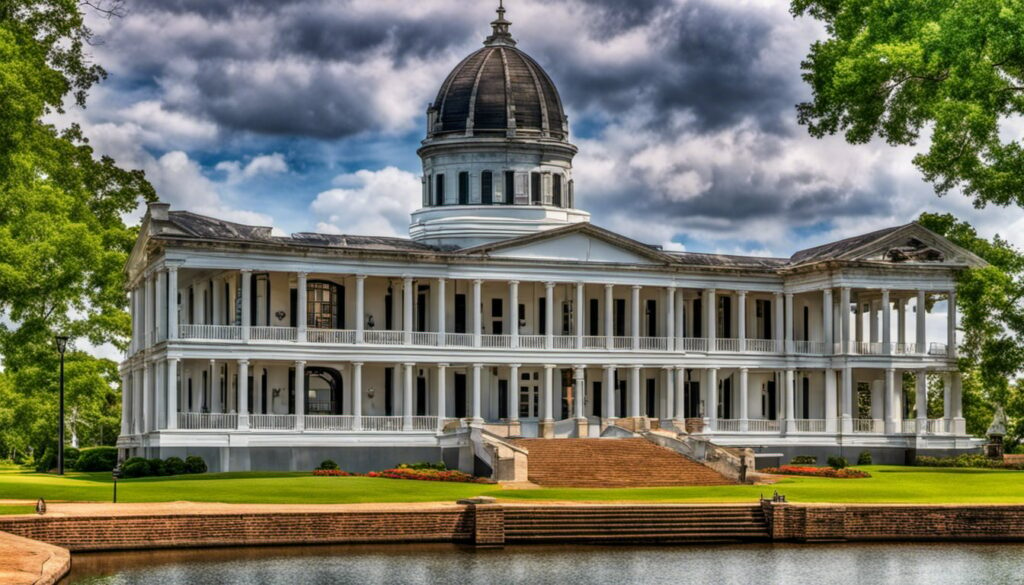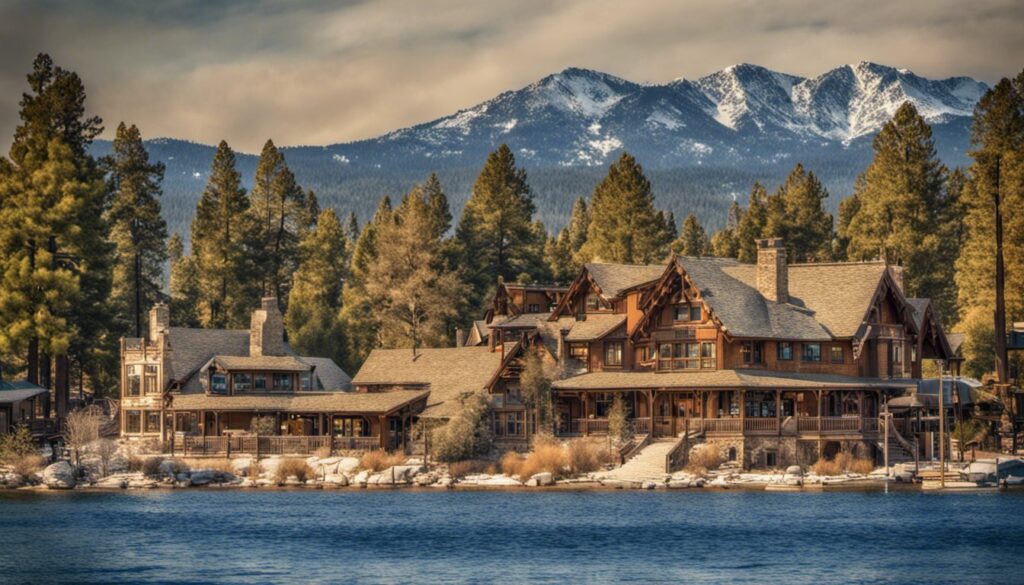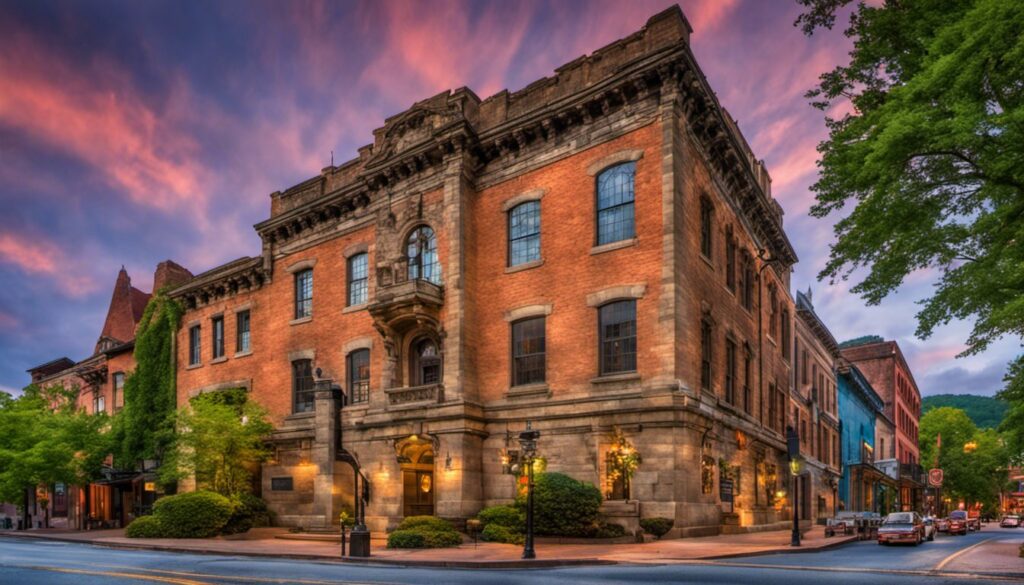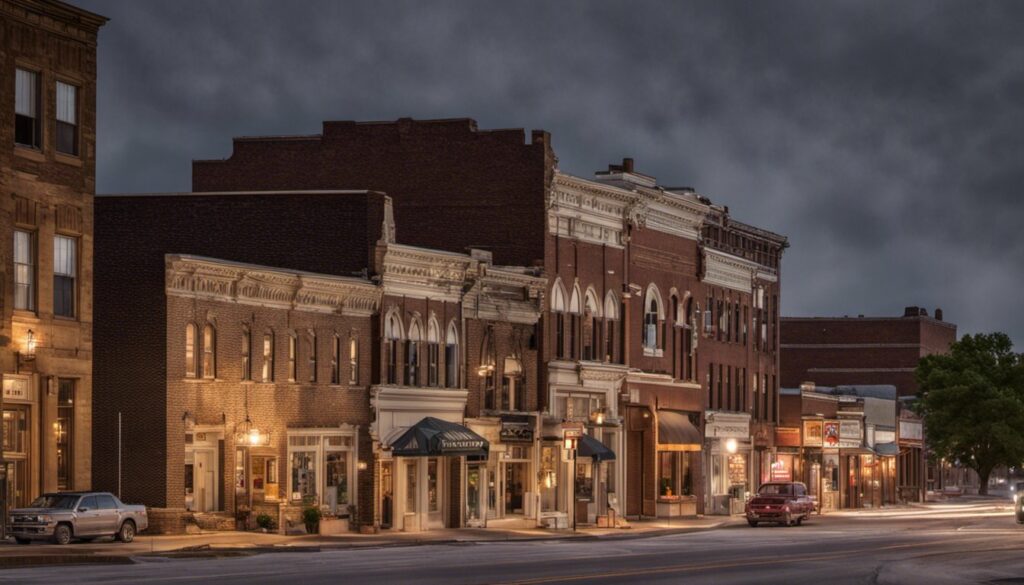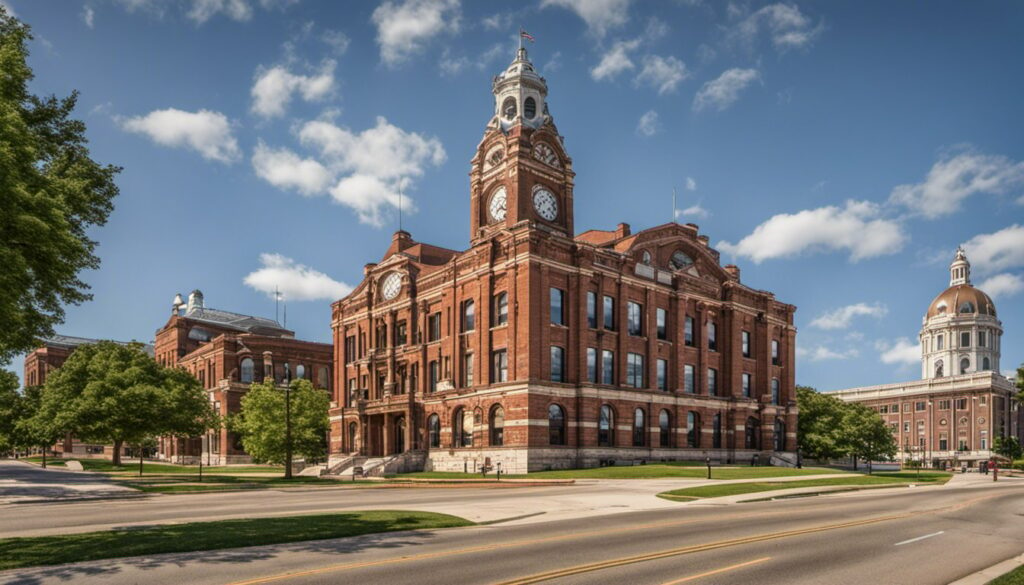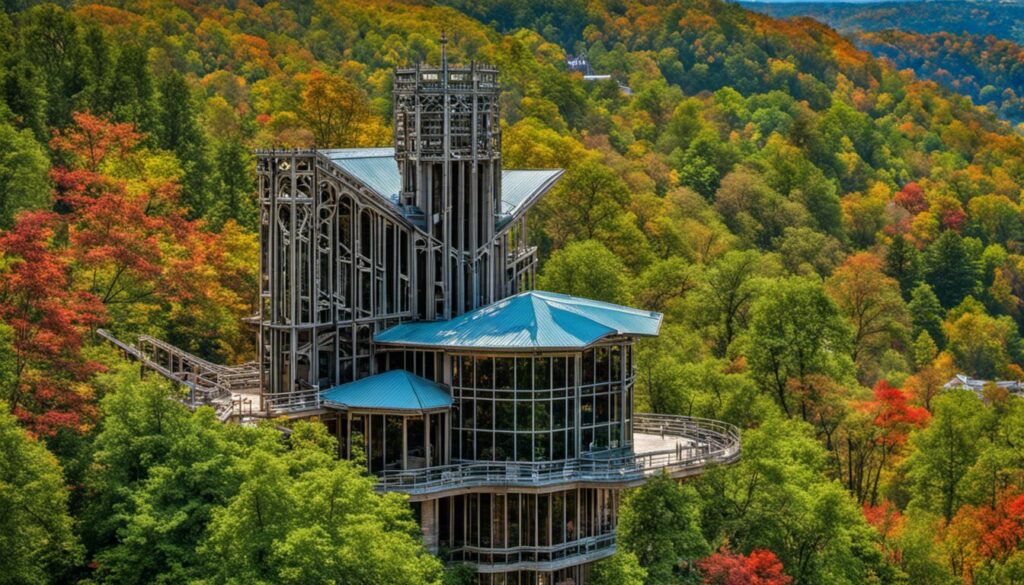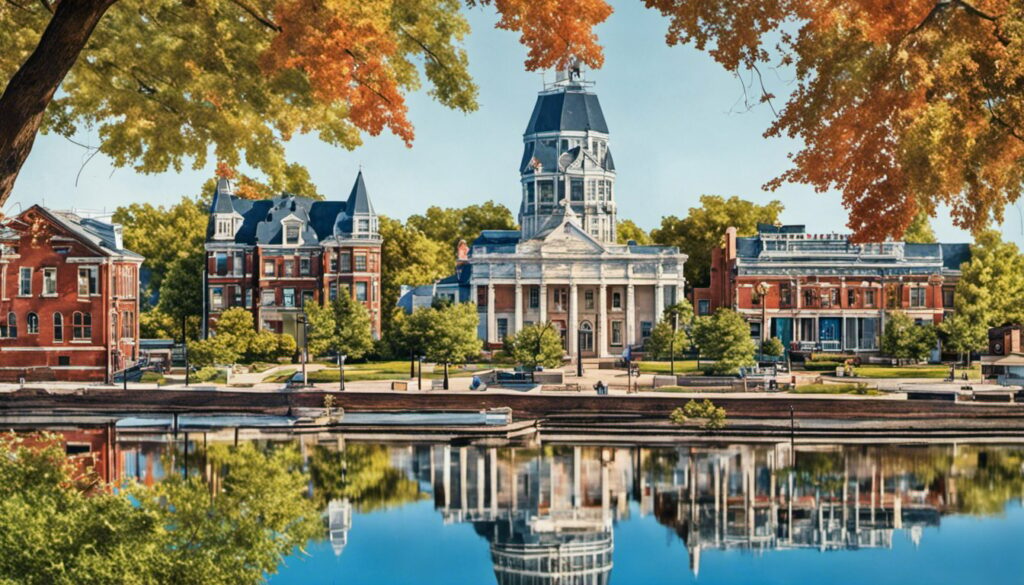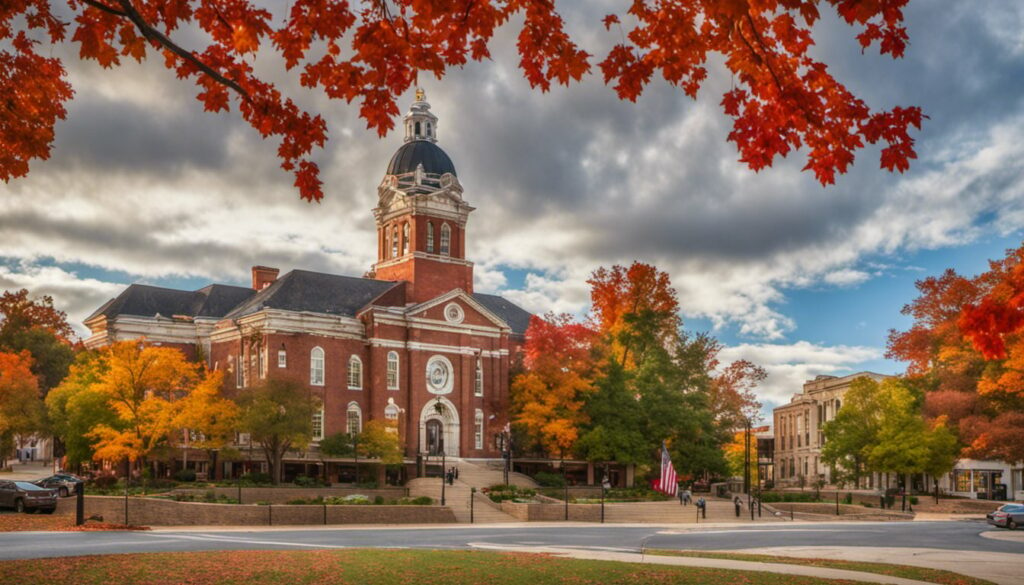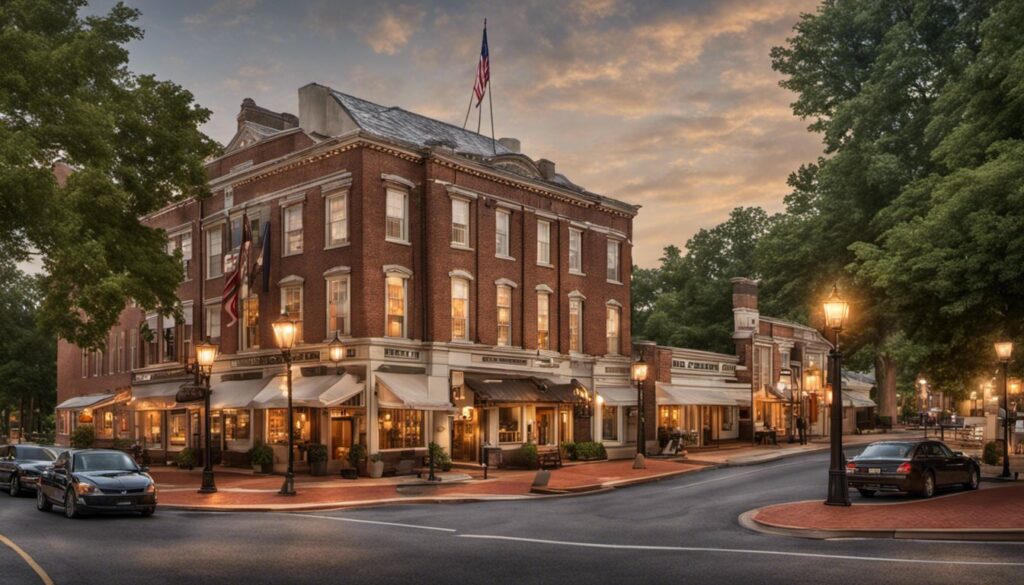Table Of Content
- Explore Alabama’s Rich History: Discover the Best Historical Sites and Famous Landmarks!
- Historical Overview of Alabama
- Historical Sites in Alabama
- Famous Landmarks in Alabama
- Historical Figures and Events
- Archaeological Sites
- Historic Districts and Structures
- Museums and Educational Centers
- Heritage and Preservation
- Frequently Asked Questions
Explore Alabama’s Rich History: Discover the Best Historical Sites and Famous Landmarks!
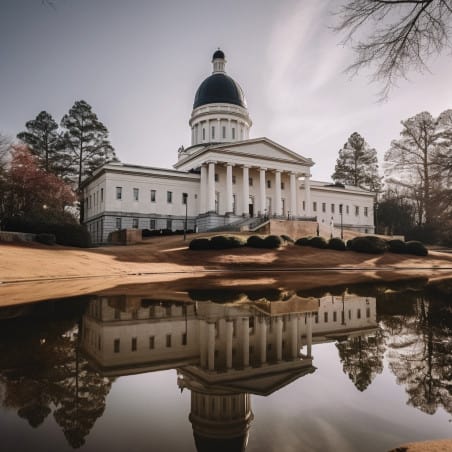

If you’re a history buff or simply love exploring new places, Alabama has plenty of historical sites and famous landmarks to keep you busy. From the birthplace of the Civil Rights Movement to the USS Alabama battleship, there’s no shortage of fascinating places to visit.
Alabama has a rich and complex history, with significant events and figures that have shaped the state and the nation as a whole. Whether you’re interested in the Civil War, the Civil Rights Movement, or the antebellum South, Alabama has something to offer.
When it comes to historical sites and famous landmarks, Alabama has it all. From archaeological sites to historic districts and structures, museums and educational centers to heritage and preservation sites, there’s plenty to explore. So grab your camera, put on your walking shoes, and get ready to discover the fascinating history of Alabama.
Key Takeaways
- Alabama has a rich and complex history, with significant events and figures that have shaped the state and the nation as a whole.
- The state is home to a wide variety of historical sites and famous landmarks, including the birthplace of the Civil Rights Movement, the USS Alabama battleship, and much more.
- Whether you’re interested in the Civil War, the Civil Rights Movement, or the antebellum South, Alabama has something to offer for history buffs and casual visitors alike.
Historical Overview of Alabama


Alabama is a state rich in history, with a complex and often dark past. From precolonial times to the present day, Alabama has played a significant role in shaping the course of American history.
During the American Civil War, Alabama was a key battleground, with many significant battles taking place on its soil. The state was also home to several important Civil War figures, including Confederate General Robert E. Lee and Union General William T. Sherman.
In the years following the Civil War, Alabama was at the forefront of the Civil Rights Movement. The Montgomery Bus Boycott, which took place in 1955-1956, was a pivotal moment in the struggle for racial equality in America. The boycott, which lasted for over a year, was sparked by the arrest of Rosa Parks, who refused to give up her seat on a Montgomery bus to a white passenger.
Alabama also played a crucial role in World War II, with many of its citizens serving in the armed forces and contributing to the war effort. The state was home to several important military installations, including Fort McClellan and Maxwell Air Force Base.
In addition to its military history, Alabama is also known for its revolutionary war heroes. One such hero was Daniel Morgan, who fought in several key battles during the Revolutionary War and was later honored with the naming of Fort Morgan, a historic masonry star fort located at the mouth of Mobile Bay.
Overall, Alabama’s rich history is a testament to the bravery and resilience of its citizens, and continues to be an important part of the state’s identity.
Historical Sites in Alabama


If you’re a history buff, Alabama is the perfect destination for you. The state is home to numerous historical sites that offer a glimpse into the rich and diverse history of the region. From historic buildings to battlefields and cultural sites, Alabama has it all.
Historical Buildings


Alabama boasts a wealth of historic buildings that have been preserved over the years. One of the most notable is the Alabama State Capitol in Montgomery, which served as the First Confederate Capitol during the Civil War. The building is listed on the National Register of Historic Places and was declared a National Historic Landmark in 1960.
Another historic building worth visiting is the Government Street Presbyterian Church in Mobile. Built in 1836, the church is one of the oldest Presbyterian churches in the South and is listed on the National Register of Historic Places.
Monuments and Statues


Alabama is home to several monuments and statues that commemorate important events and figures in the state’s history. One such monument is the Confederate Memorial Park in Marbury, which honors the soldiers who fought for the Confederacy during the Civil War.
Another notable statue is the Rosa Parks statue in Montgomery, which pays tribute to the civil rights icon who refused to give up her seat on a Montgomery bus in 1955.
Battlefields and Military Sites


Alabama played a significant role in the Civil War, and the state is home to several battlefields and military sites. One such site is the Fort Morgan State Historic Site in Gulf Shores, which was used to defend Mobile Bay during the Civil War.
Another notable military site is the USS Alabama Battleship Memorial Park in Mobile, which features the USS Alabama battleship and the USS Drum submarine.
Cultural and Heritage Sites


Alabama is also home to several cultural and heritage sites that celebrate the state’s diverse history and culture. One such site is the Birmingham Civil Rights Institute, which tells the story of the Civil Rights Movement in Birmingham and features exhibits and artifacts related to the movement.
Another notable site is the Russell Cave National Monument in Bridgeport, which offers a glimpse into the lives of prehistoric people who lived in the area thousands of years ago.
Whether you’re interested in history, culture, or both, Alabama has something to offer. From historic buildings to battlefields and cultural sites, the state is full of fascinating places to explore.
Famous Landmarks in Alabama


Alabama is home to many famous landmarks that are worth visiting. From historical sites to natural wonders, there is something for everyone. Here are some of the most famous landmarks in Alabama that you should add to your itinerary.
Landmarks in Montgomery

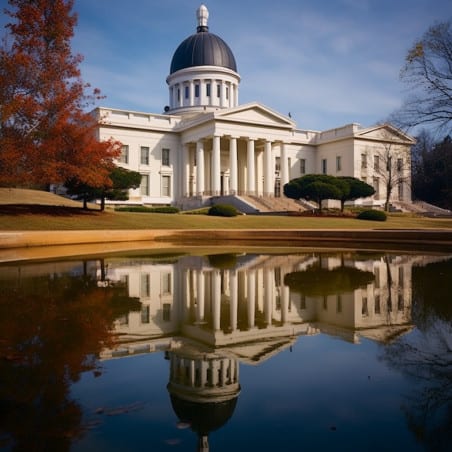
Montgomery, the capital city of Alabama, is home to several landmarks that played a significant role in the civil rights movement. The Edmund Pettus Bridge is a famous landmark that witnessed the historic march from Selma to Montgomery in 1965. The bridge is named after Edmund Pettus, a Confederate general, and Ku Klux Klan leader. Today, the bridge is a symbol of the struggle for civil rights.
Another landmark in Montgomery is the Alabama State Capitol, which served as the first capital of the Confederacy during the Civil War. The building is now a museum that showcases the state’s history and culture.
Montgomery is also home to several churches that played a vital role in the civil rights movement. The 16th Street Baptist Church is a famous landmark that was bombed in 1963, killing four young girls. The Dexter Avenue Baptist Church is another landmark that was the center of the Montgomery Bus Boycott, which was led by Martin Luther King Jr.
Landmarks in Birmingham


Birmingham, the largest city in Alabama, is home to several landmarks that played a vital role in the civil rights movement. The Bethel Baptist Church is a famous landmark that was the center of civil rights activities in the city. The church was led by Reverend Fred Shuttlesworth, who played a significant role in the civil rights movement.
Another landmark in Birmingham is the Birmingham Civil Rights Institute, which is a museum that showcases the struggles and achievements of African Americans in the civil rights movement. The institute is located in the historic Civil Rights District, which is home to several other landmarks, including the 16th Street Baptist Church.
Landmarks in Mobile


Mobile, the third-largest city in Alabama, is home to several landmarks that showcase the city’s rich history and culture. The Union Station and Trainshed is a famous landmark that was built in 1907. The station served as a hub for passenger trains until 1971.
Another landmark in Mobile is the City Hall, which was built in 1858. The building served as the city’s government center until 1999 and is now a museum that showcases the city’s history and culture.
In conclusion, Alabama is home to several famous landmarks that are worth visiting. From historical sites to natural wonders, there is something for everyone. Whether you are interested in civil rights history or just want to explore the state’s rich culture, Alabama has something to offer.
Historical Figures and Events


Alabama is rich in history and home to many significant historical figures and events. As you explore the state, you’ll encounter landmarks and sites that commemorate the people and events that shaped Alabama’s past.
One of the most prominent historical figures associated with Alabama is Martin Luther King Jr. The city of Montgomery played a pivotal role in the civil rights movement, and you can visit several sites associated with King. These include the Dexter Avenue King Memorial Baptist Church, where King served as pastor, and the Rosa Parks Museum, which is dedicated to the woman who refused to give up her seat on a Montgomery bus.
Another notable figure associated with Alabama is Helen Keller. Born in Tuscumbia, Keller was left deaf and blind after an illness as a child. Despite her disabilities, she went on to become a renowned author, activist, and lecturer. You can visit the Helen Keller Birthplace and Museum to learn more about her life and legacy.
Alabama was also the site of several important events in American history. For example, the Clayton Antitrust Act of 1914 was signed into law at the Henry D. Clayton House in Clayton, Alabama. This legislation was designed to prevent monopolies and promote competition in business.
In addition, the Battle of Marengo and the Battle of Mobile Bay were both fought in Alabama during the Civil War. The Battle of Mobile Bay was particularly significant because it resulted in the Union’s capture of the port city of Mobile, which was a major Confederate stronghold.
Finally, the city of Demopolis played a key role in the civil rights movement. In 1965, civil rights activists marched from Selma to Montgomery, and many of them stayed in Demopolis along the way. Today, you can visit the Demopolis Civil Rights Museum to learn more about this important chapter in Alabama’s history.
As you explore Alabama’s historical sites and landmarks, you’ll encounter many more figures and events that have shaped the state’s past. Whether you’re interested in civil rights, the Civil War, or business history, Alabama has something to offer.
Archaeological Sites


If you’re interested in history and archaeology, Alabama has several sites that you should definitely visit. One of the most famous is the Moundville Archaeological Site, which is located in Moundville, Alabama. The site is home to a large number of Mississippian culture-era mounds, which were built between 1000 and 1450 CE.
At the Moundville Archaeological Site, you can explore the mounds, learn about the history of the site, and see the artifacts that have been uncovered by archaeologists. The site is also home to a museum, which has exhibits that showcase the history of the Mississippian culture.
Another important archaeological site in Alabama is the Fort Toulouse-Fort Jackson Park. This site is located in Wetumpka, Alabama, and is home to the remains of two forts that were built in the early 1700s. The site also contains evidence of Native American settlements that date back to the 1600s.
If you’re interested in learning more about Native American history and culture, the Fort Toulouse-Fort Jackson Park is definitely worth a visit. The site has several exhibits that showcase the history of the forts and the Native American settlements that once existed in the area.
Overall, Alabama has a rich history that is waiting to be explored. Whether you’re interested in Native American history, early American history, or archaeology, there are plenty of sites in Alabama that will satisfy your curiosity. So why not plan a trip to Alabama and explore the state’s fascinating history for yourself?
Historic Districts and Structures


You are in for a treat if you love historical structures and districts as Alabama has plenty of them. From old post offices to ironworks, there is something for everyone.
One of the most notable structures is the Old Alabama Town. This living museum is located in Montgomery and features restored buildings from the 19th and early 20th centuries. You can explore the various shops, homes, and churches to get a glimpse of life in Alabama during that time.
Another must-see is the Tannehill Ironworks Historical State Park. This park is home to the ruins of a 19th-century ironworks facility and has been designated as a National Historic Landmark. You can take a guided tour of the site to learn about the history of the iron industry in Alabama.
If you’re interested in architecture, then the Mobile Historic District is a must-visit. This district is home to over 1,200 historic structures, including antebellum homes, churches, and commercial buildings. You can take a walking tour of the district to learn about the different architectural styles and the history of Mobile.
Other notable historic districts include the Downtown Huntsville Historic District and the Old Cahawba Archaeological Park. The Downtown Huntsville Historic District is home to many historic buildings, including the Old Post Office Building, which now houses a museum. The Old Cahawba Archaeological Park is an abandoned town that was once the capital of Alabama and is now a ghost town.
Incorporated in 1819, the city of Tuscaloosa is home to many historic buildings, including the Jemison-Van de Graaff Mansion. This mansion was built in the 1850s and is now a museum. You can take a guided tour of the mansion to learn about the history of Tuscaloosa and the Jemison and Van de Graaff families.
Overall, Alabama is a treasure trove of historic districts and structures. Whether you’re interested in architecture, industry, or just love history, there is something for everyone to explore and discover.
Museums and Educational Centers


Alabama is home to a variety of museums and educational centers that offer visitors a chance to learn about the state’s rich history and culture. Here are a few of the most popular ones:
Birmingham Civil Rights Institute: This museum is dedicated to preserving and promoting the history of the Civil Rights Movement in Birmingham and the United States. It features exhibits, artifacts, and interactive displays that tell the story of the struggle for civil rights in the city and beyond. You can learn about the lives of important figures like Martin Luther King Jr. and Rosa Parks, as well as the events that shaped the movement.


Montgomery Area Visitor Center: Located in the heart of Montgomery, this visitor center is a great place to start your exploration of the city. It offers information about local attractions, including museums, historic sites, and cultural events. You can also pick up maps, brochures, and other resources to help you plan your visit.


Tuskegee Institute: Founded in 1881 by Booker T. Washington, Tuskegee Institute was one of the first schools in the United States to provide higher education for African Americans. Today, it is a National Historic Site that offers visitors a chance to learn about the school’s history and impact. You can tour the campus, visit the George Washington Carver Museum, and see exhibits about the school’s famous alumni, including the Tuskegee Airmen.


Tuskegee Airmen National Historic Site: This site commemorates the achievements of the Tuskegee Airmen, the first African American pilots to serve in the United States military. You can tour the hangar where they trained, see exhibits about their history and accomplishments, and learn about the challenges they faced as they fought for equality and recognition.


In addition to these sites, Alabama is home to many other museums and educational centers that offer a wide range of exhibits and programs. Whether you’re interested in history, art, science, or culture, there’s something for everyone to explore.
Heritage and Preservation


You’re in luck if you’re a history buff visiting Alabama! The state is home to many historical sites and landmarks that have been preserved and recognized for their importance. The Alabama Historical Commission created the Alabama Register of Landmarks and Heritage to recognize Alabama’s historic places and to encourage their continued preservation. The Alabama Register documents buildings, sites, structures, objects, districts, and cultural landscapes in Alabama that have historic integrity and significance.
The National Park Service has also recognized several sites in Alabama as National Historic Landmarks. These sites include Foster Auditorium, which played a significant role in the Civil Rights Movement, and the J.L.M. Curry Home, the birthplace of John L. M. Curry, a prominent educator and politician. The USS Alabama (battleship) and USS Drum (submarine) are also National Historic Landmarks that you can visit.
The state of Alabama has also played a significant role in the Civil Rights Movement, and several landmarks recognize this important period in history. The Alabama Christian Movement for Human Rights, a group that worked to end segregation and discrimination, is recognized with a historical marker in Birmingham. The Voting Rights Act of 1965, which ensured that African Americans had the right to vote, is also recognized with a historical marker in Selma.
Preserving these historical sites and landmarks is crucial to maintaining Alabama’s cultural heritage. The Alabama Historical Commission and the National Park Service work together to ensure that these sites are protected and accessible to the public. Whether you’re interested in Civil War history, the Civil Rights Movement, or just want to learn more about Alabama’s past, there are plenty of opportunities to explore the state’s rich history.
Frequently Asked Questions
What are some major landmarks in Alabama?
Alabama is home to many major landmarks, including the Edmund Pettus Bridge, which played a pivotal role in the Civil Rights Movement, and the USS Alabama Battleship Memorial Park, which honors the brave men and women who served in the military. Additionally, the state is home to several historic homes and buildings, such as the Brown Chapel A.M.E. Church and the Gaineswood mansion.
What is one historical site in Alabama?
One of the most significant historical sites in Alabama is the Tuskegee Institute, which was founded by Booker T. Washington in 1881. The institute played a crucial role in providing education and training to African Americans during the Jim Crow era and beyond.
What historical things are in Alabama?
Alabama is rich in history and boasts many historical sites and landmarks, including the Civil Rights Memorial Center, the Selma to Montgomery National Historic Trail, and the Freedom Rides Museum. Additionally, the state is home to several museums and exhibits that showcase Alabama’s rich history, including the Alabama Department of Archives and History and the Birmingham Civil Rights Institute.
What are three famous landmarks in Alabama?
Alabama is home to many famous landmarks, including the Space and Rocket Center in Huntsville, the Gulf State Park in Gulf Shores, and the Noccalula Falls Park in Gadsden. Each of these landmarks offers visitors a unique experience and a chance to explore Alabama’s natural beauty.
What are some Black historical sites in Alabama?
Alabama has a rich history of Black culture and heritage, and there are many sites throughout the state that honor this legacy. These include the Dexter Avenue King Memorial Baptist Church, where Dr. Martin Luther King Jr. served as pastor, and the 16th Street Baptist Church, where four young girls were killed in a bombing during the Civil Rights Movement.
What is the USS Alabama Battleship Memorial Park?
The USS Alabama Battleship Memorial Park is a popular attraction in Mobile, Alabama, that honors the brave men and women who served in the military. Visitors can explore the USS Alabama battleship, the USS Drum submarine, and several aircraft exhibits. The park also features a memorial to the crew of the USS Alabama who lost their lives during World War II.

